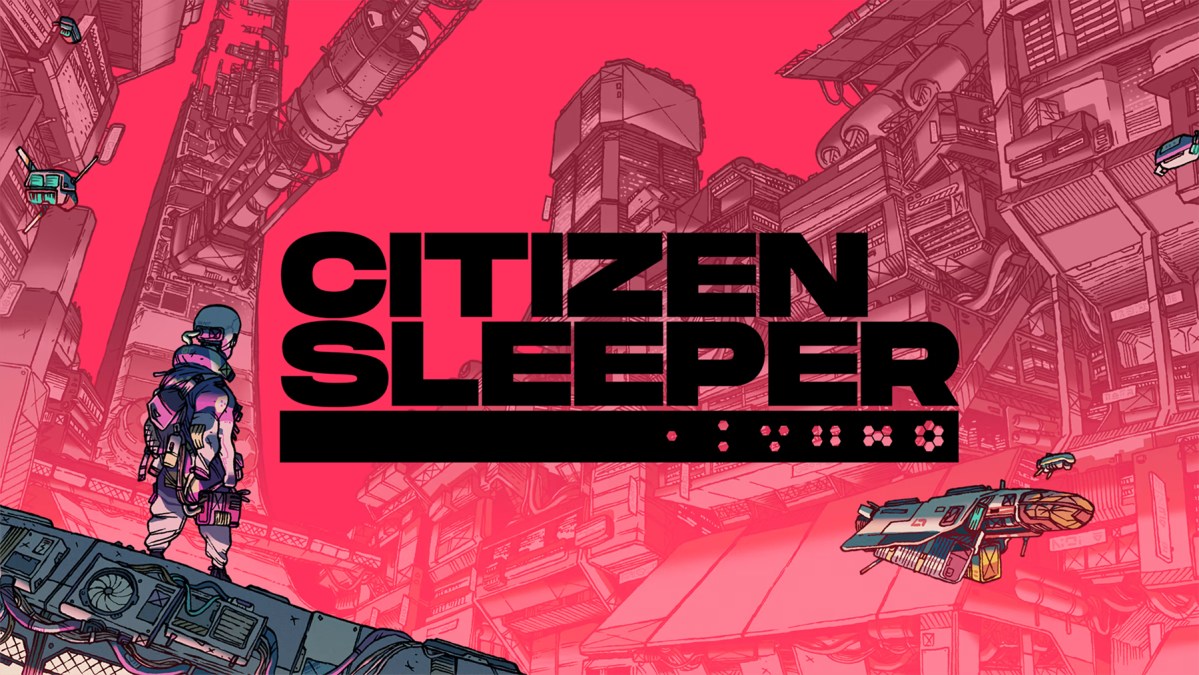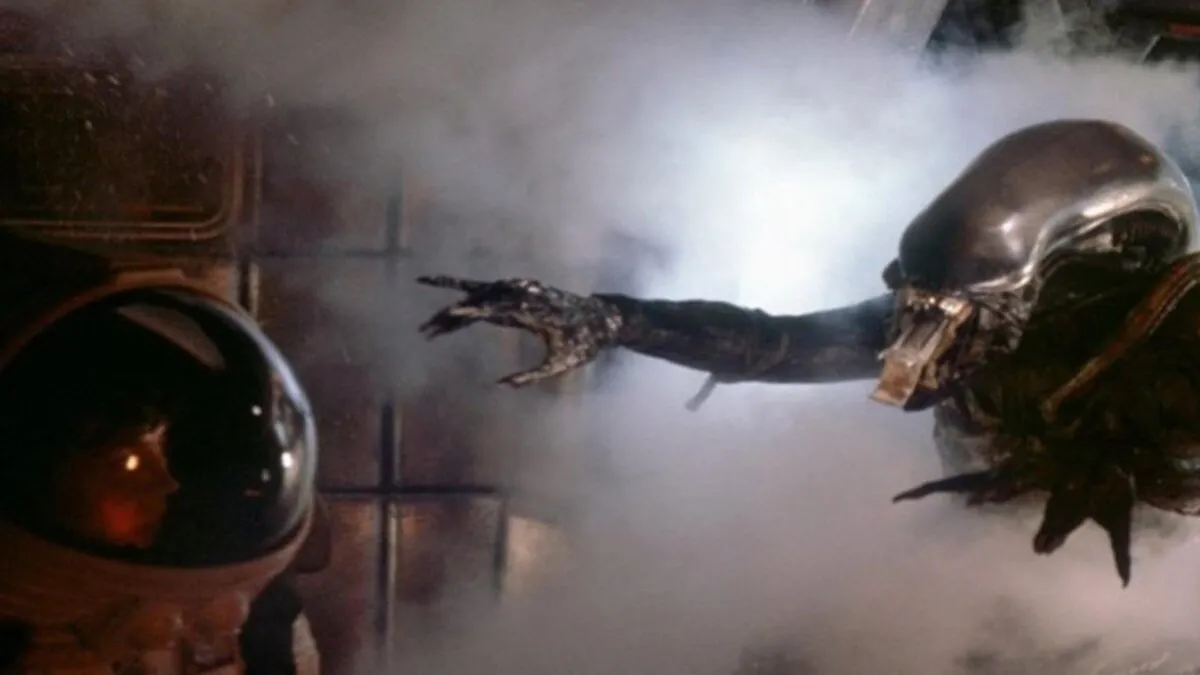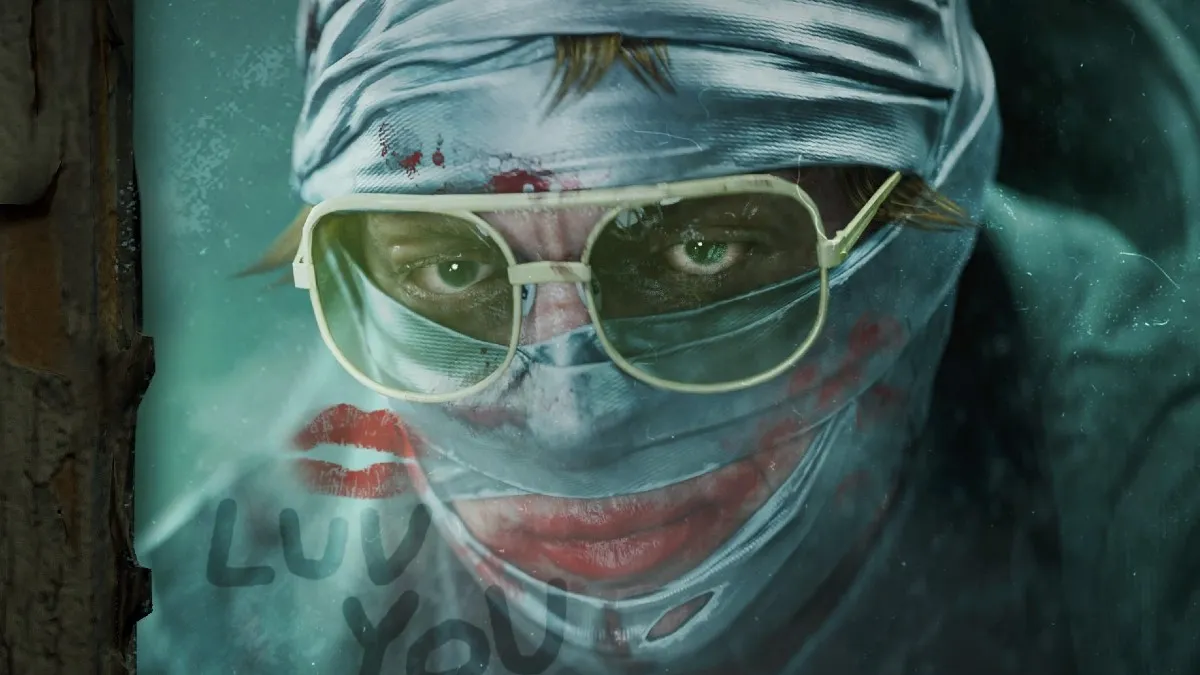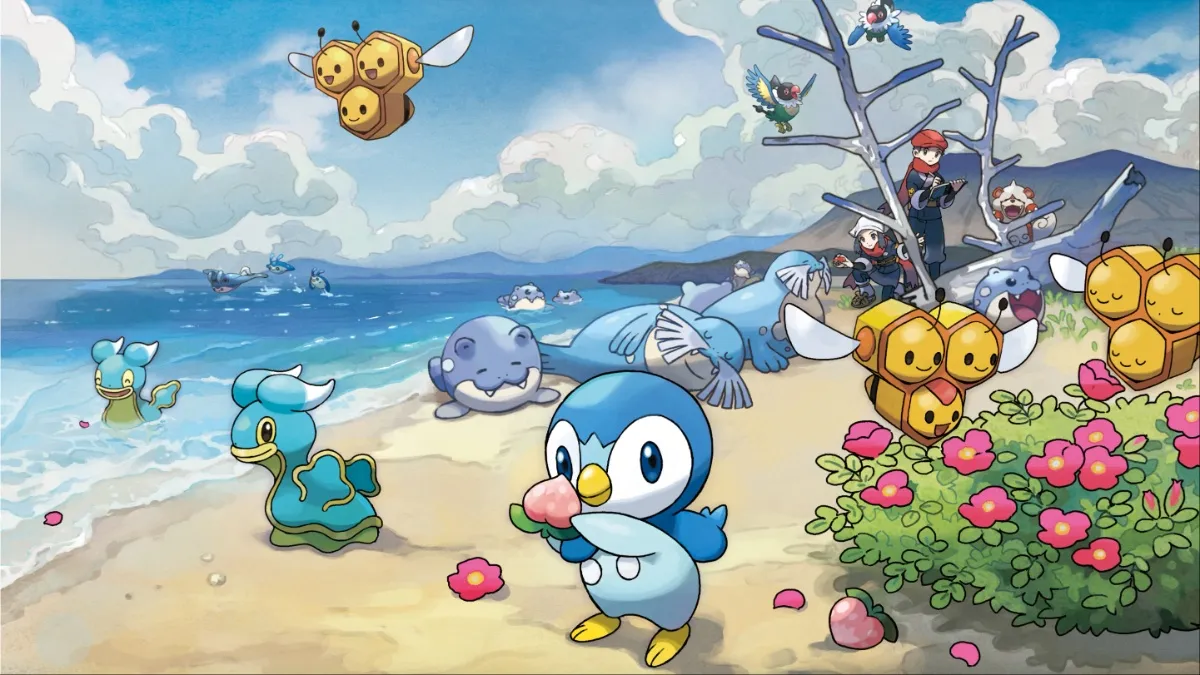I know it’s a controversial opinion, but as a film lover, I’ve always thought Blade Runner was just OK. I can appreciate that the iconic Ridley Scott dystopian classic has plenty to say about humanity, life, and the soul, all through a dark noir lens. But while it’s beautiful and poetic, I still have a hard time connecting to the androids outside of a simple sympathy that society has chosen to eliminate them. That was — until discovering Citizen Sleeper last year.
Then the light bulb went off for me as I finally got how powerful the android narrative can be. In Citizen Sleeper you play as a human mind that has been placed in a robotic body called a sleeper, trapped on a space station called the Eye. Here your player character will take on a rough life of danger as you hide from bounty hunters, work dingy jobs for credits to pay for life-saving medicines, and live in a shipping container.
The main mechanic of the game is a whole lot of reading, with some of the best-written characters, dialogues, and first-person storytelling in an era of countless mediocre choose-your-own-adventure visual novels. But it’s not merely a digital book. To make things more interesting, Citizen Sleeper incorporates tabletop RPG-style dice rolls that will determine how successful you will be over the course of the next day. Like in Dungeons & Dragons and similar games, rolling a 1 will likely lead to a poor outcome of whatever activity you’re attempting, whether that’s making noodle deliveries in the slums or trying to outrun a cybernetic electric-tentacled tiger monster. Meanwhile, rolling a 6 will be an instant success similar to a critical 20.
The game’s comparisons to TTRPG aren’t just held at Citizen Sleeper’s gameplay bones though. With over nine endings, Citizen Sleeper places the player’s macro- and micro-moment decision at the forefront. And with so much freedom, not only is the game easy to revisit, but it makes the path you do choose that first playthrough even more meaningful.
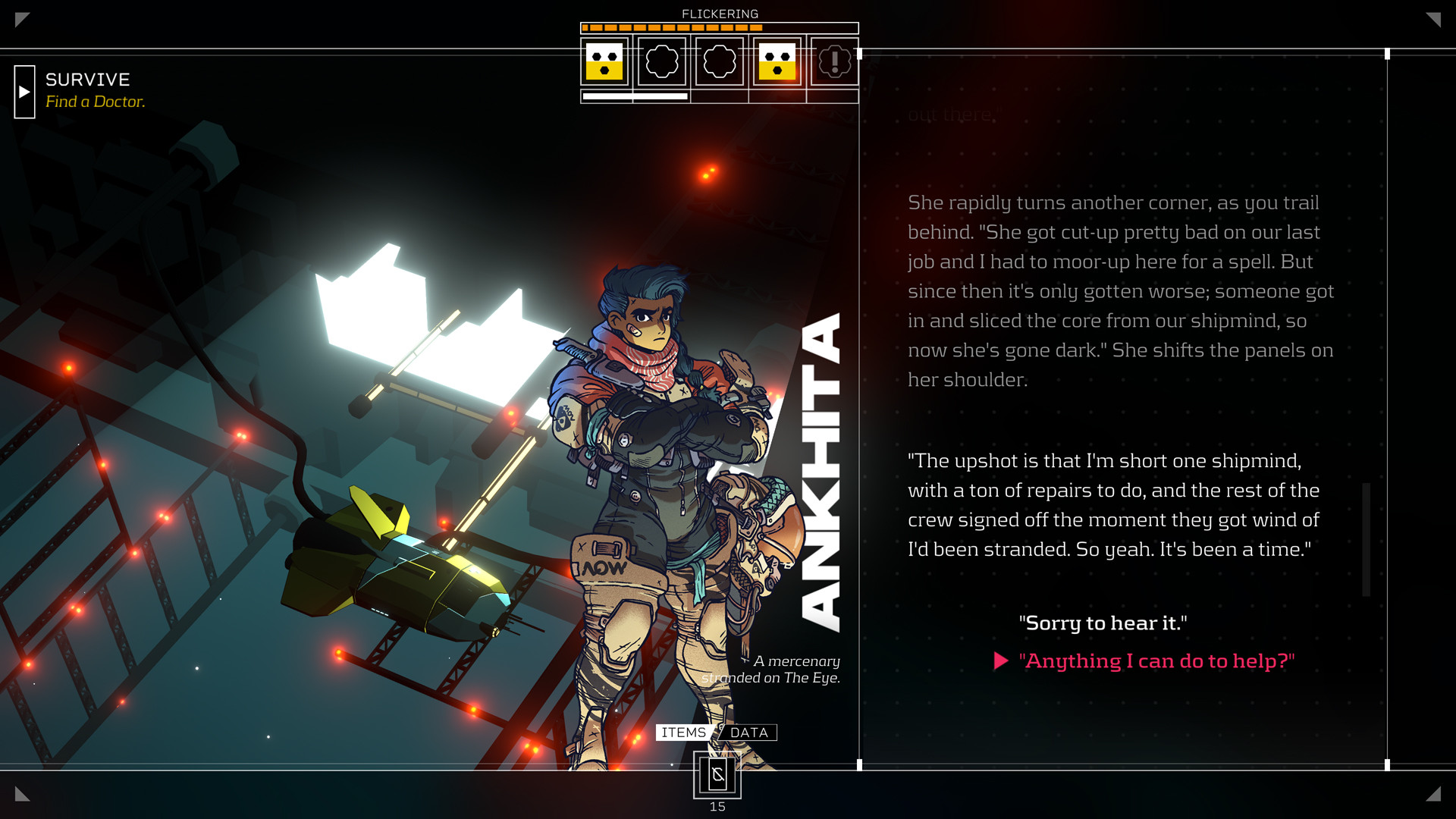
On my first playthrough I was unaware of the game’s many paths, and after several time-management mistakes, I found myself at the end of a pricey “wanted dead or alive” bounty. After being confronted by Ethan, a Hawaiian shirt-wearing, gun-toting murderous assassin, I tried to correct the course by buying him booze and paying off his debts at a local club. To look for potential protection and a way out of my predicament, I enlisted in one of the Space Station’s local gang factions, the Yatagan.
But what started as a tough choice to get out of a life-or-death scenario led to a close relationship with a Robin Hood-esque fighter named Rabiah. To her the Yatagan were in place to look out for the folks on the Eye who couldn’t look out for themselves. Together my sleeper and Rabiah took back the gang from corporate overlords all while supplying local families with much needed food and resources. What started as a desperation decision led to one of the most satisfying sidequests in the game.
On the other end of putting the Yatagan as my main focus, I met a gruff but friendly pilot whose ship had broken down. Thinking this would be a more chill sidequest, I risked some low dice rolls to attempt to fix the ship, but in my attempts to rush the quest, this failure left her stranded on the Eye longer than she could afford. While I eventually got around to getting her the repairs she needed, she had taken out a bounty on a fellow sleeper, leading to an excruciatingly sad execution scene that tarnished our friendship beyond repair.
During my first Citizen Sleeper playthrough I also met a sentient vending machine named NEOVEND that was actually a program that desired to be installed into the Eye. While at first I figured this was a goofy sidequest with a punchline payoff, I quickly found myself battling robotic AI monstrosities in my attempts to get his checklist of technical supplies. Facing some of the most dangerous missions I’d dealt with since offing my bounty hunter in a damp alley, I instead opted to end our arrangement and join a mushroom farm collective on the Eye’s agricultural section instead.
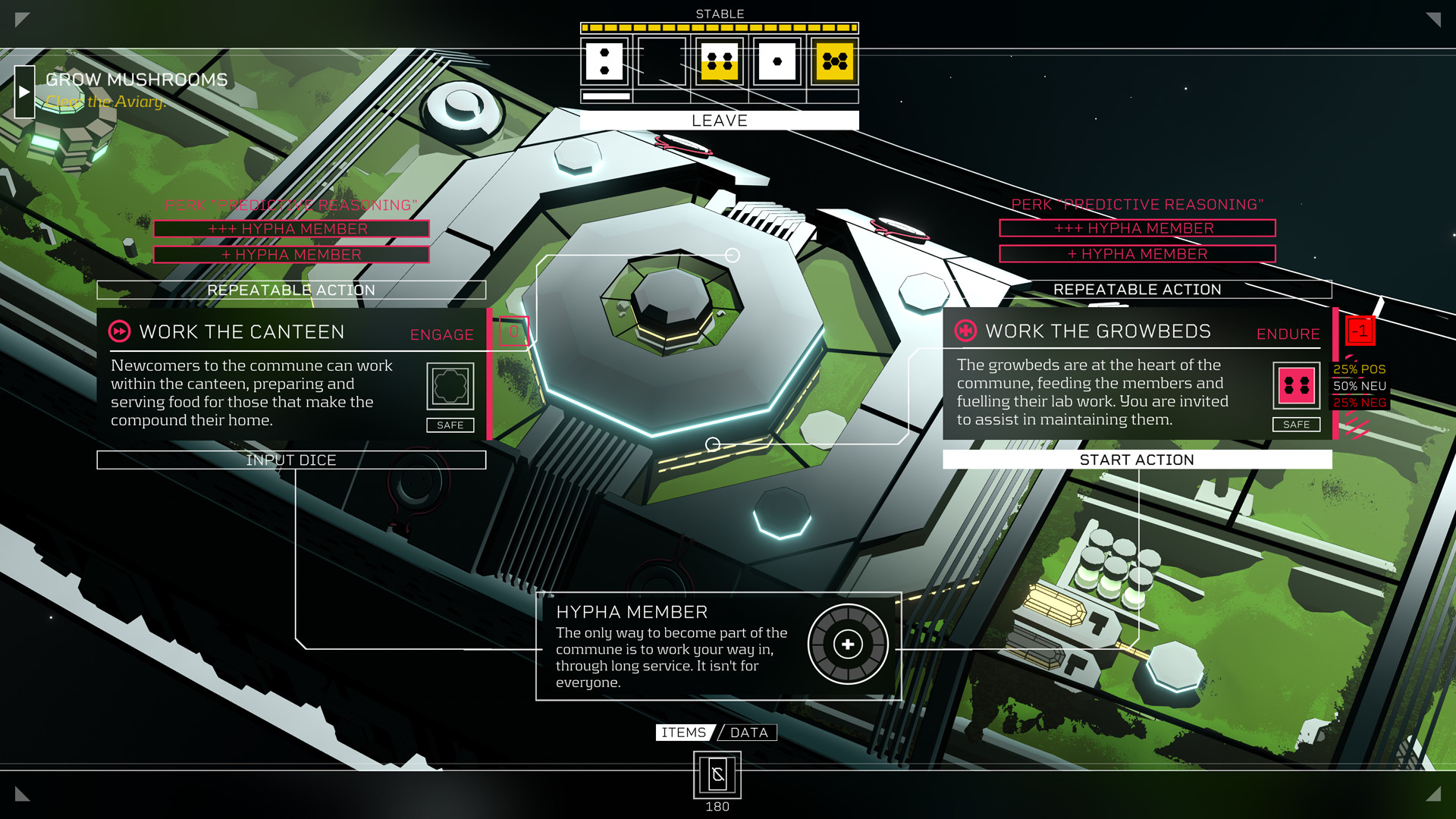
After playing the game for five hours and missing several chances to jump off ship for a final ending, I met Lem and Mina, a father-adoptive-daughter pair trying to get off the ship in search of a better life. I quickly won over Mina as a maternal figure and planned with Lem about how to grab a ticket on one of the shuttles off of the Eye. After two failed attempts due to failed dice rolls, we finally lucked into the chance to leave.
But even as I was presented with this chance at a new happy life off of the Eye, I wondered if I was making the right decision. I had ties to the Eye with a crush on bartender Tala, with whom I’d built a speakeasy. If my character left the Eye she wouldn’t have access to the medicine she needed to survive. And she would never see friends like Rabiah or her mushroom commune again.
I was looking for a definitive ending, but leaving the Eye didn’t feel like my sleeper’s ending. I ended up watching Lem and Mina leave for a better life and returned to work a shift at the Overlook Bar to see Tala again.
Citizen Sleeper is teeming with not only incredible stories, but an incredible devotion to giving players the choice to befriend, work, alienate, and live out their sleeper life however they see fit, and this ability to choose made my sleeper on each playthrough feel unique. Even on playthroughs where I did leave with Lem and Mina, or worked with NEOVEND to become one with the system, there was so much agency in each decision that each android I played through the game with became a fully formed, emotional, sentient character.
The most interesting part of that first playthrough was discovering that, by refusing to accept any presented endings, the game would simply continue until I let my character die. At first I felt like I had done something wrong and contemplated if my first playthrough had been a bust because there was no finality to my character’s journey. But as I went about completing tasks, working odd jobs, maintaining access to the medicines I needed, and enjoying shifts with Tala, I realized I’d created the exact life my sleeper would have wanted. After so much time fighting for her future, my android had found the community and life she had been working towards all along.

